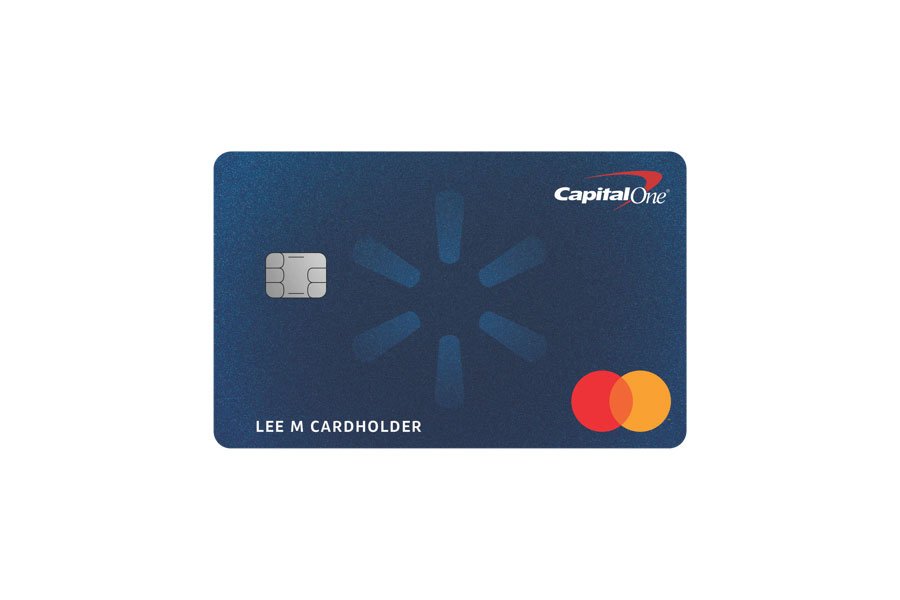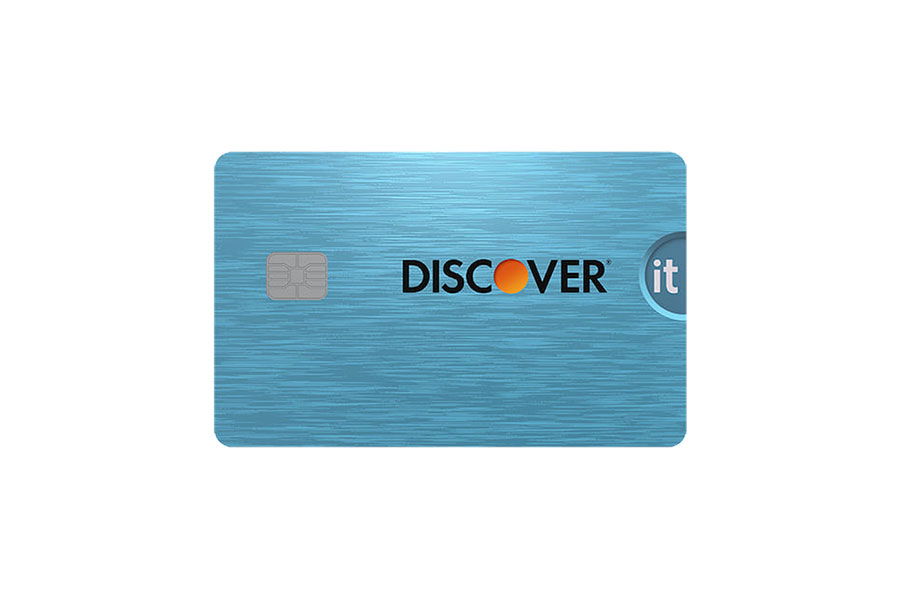A cash advance might seem like a quick solution when you need cash, but it’s one of the most expensive ways to borrow money. Interest starts accruing immediately, often at a higher rate than regular purchases, and additional fees can add up fast.

Before withdrawing cash from your credit card, it’s important to understand the true cost. What seems like a convenient option could leave you paying much more than expected.
Find out exactly how it works and what you should know before you decide to get cash from your credit card.
What is a credit card cash advance?
A cash advance is a short-term loan from your credit card issuer that allows you to withdraw cash up to a certain limit. Instead of making a purchase, you’re borrowing cash directly from your available credit, which must be repaid with interest and fees.
For example, if you need $200 in cash but don’t have enough in your bank account, you can use your credit card at an ATM or visit a bank to withdraw the money. However, unlike regular card purchases, cash advances come with high fees, higher interest rates, and no grace period.
While cash advances provide fast access to cash, they come with extra costs and limitations that make them far more expensive than regular credit card purchases.
How do credit card cash advances work?
A cash advance lets you withdraw money from your credit card’s available credit, effectively turning it into a short-term loan. Unlike withdrawing money from a bank account, a cash advance doesn’t use your own funds—it borrows against your credit line. Because of this, issuers charge higher interest rates and fees compared to regular purchases.
There are three main ways to get a cash advance, depending on your credit card issuer:
- Bank or Credit Union – You can request a cash advance at a bank or credit union by presenting your credit card and a valid ID. The teller processes the transaction, and you receive the cash on the spot.
- ATM Withdrawal – If your credit card has a cash advance PIN, you can withdraw money from an ATM just like you would with a debit card. Enter your PIN, select “Cash Advance,” and take out the amount you need (subject to your credit card’s cash advance limit).
- Convenience Checks – Some credit card companies provide convenience checks, which work like personal checks but pull funds from your credit line. You can write one to yourself, deposit it in your bank account, and cash it as needed. However, convenience checks often carry the same high fees and interest rates as cash advances.
Other Transactions That May Be Considered Cash Advances
Many credit card issuers classify certain transactions as cash advances, even if you’re not physically withdrawing cash. These may include:
- Sending money through wire transfers or peer-to-peer apps like PayPal, Venmo, and Cash App
- Paying monthly bills with a credit card (depending on the merchant)
- Making payments toward other debts, such as car loans
- Purchasing traveler’s checks or money orders
- Exchanging foreign currency
- Buying lottery tickets, gaming chips, or making other gambling-related transactions
Since these transactions often trigger cash advance fees and higher interest rates, it’s best to check your credit card’s terms before using it for any of these purposes.
Getting a cash advance is simple, but the real cost becomes clear when you factor in fees and interest.
Cash Advance Limits
Even if your credit limit is high, your cash advance limit is usually much lower. Most issuers cap cash advances at a percentage of your total credit line, such as 30% or 50%. Some also impose daily withdrawal limits, meaning you may not be able to take out all your available cash at once.
Certain transactions, such as MoneyGram or Western Union transfers, may also count as cash advances, reducing your available limit. If you rely on your credit card for these types of payments, you could hit your cash advance cap faster than expected.
Even if you can take out cash, the interest rates make it one of the most expensive borrowing options available.
Pros and Cons of Cash Advances
A credit card cash advance can provide quick access to cash, but it comes with significant costs. Weighing the benefits and drawbacks can help you decide if it’s the right option.
Pros of Cash Advances
- Quick Access to Cash – You can withdraw money instantly from an ATM or bank, making it useful in urgent situations.
- No Credit Check Required – Since the money comes from your existing credit line, you don’t need to apply or undergo a credit inquiry.
- No Collateral Required – Unlike a secured loan, a cash advance doesn’t require you to put up assets such as a house or car as security.
- Flexible Spending – There are no restrictions on how you use the money. Whether it’s for an emergency, a bill, or everyday expenses, a cash advance gives you full control.
- Widespread Availability – As long as your credit card allows cash advances, you can withdraw cash from thousands of ATMs and banks worldwide.
Cons of Cash Advances
- High Fees – Most issuers charge a cash advance fee of 3% to 5% of the amount withdrawn, with a minimum fee of around $10. This fee is deducted from your available credit, making cash advances more expensive.
- Lower Cash Advance Limits – Even if your total credit limit is high, issuers often cap cash advances at 30% to 50% of your available credit. Some credit cards also impose daily withdrawal limits.
- Higher Interest Rates – While regular credit card purchases may have an APR between 15% and 25%, a cash advance APR can have rates that exceed 25% or even 30%.
- No Grace Period – Interest begins accruing immediately after the transaction, unlike regular purchases that typically have a 20- to 30-day grace period.
- Limited Payment Allocation – Many issuers apply payments to lower-interest balances first, meaning your cash advance balance continues accruing interest until your entire statement balance is paid.
- Certain Transactions Count as Cash Advances – Some credit card issuers treat MoneyGram, Western Union, PayPal, and Venmo transactions as cash advances, triggering fees and high interest rates even if you didn’t withdraw funds.
Should You Get a Cash Advance?
While cash advances offer quick access to cash, they come with steep costs. High fees, high interest rates, and the lack of a grace period make them one of the most expensive ways to borrow money. If you don’t pay off your credit card balance quickly, the interest can add up fast, making the cash advance far more expensive than expected.
If you’ve already taken a cash advance, paying more than your minimum monthly payment can help reduce your balance faster and lower the total amount of interest you owe. Since interest starts accruing immediately, making extra payments whenever possible can prevent high-interest debt from lingering longer than necessary.
Before taking a cash advance, consider alternatives that may be more affordable. A personal loan often has lower interest rates and a fixed repayment plan. Borrowing from family or friends can help you avoid interest and fees altogether. Selling unused items or picking up a side hustle could also provide the cash you need without taking on costly debt.




